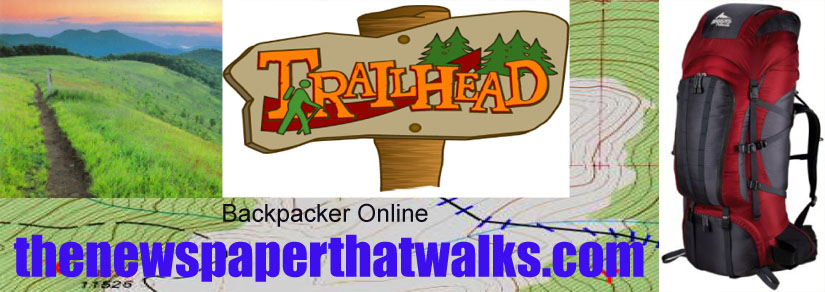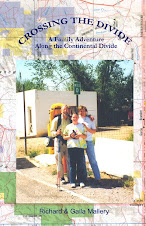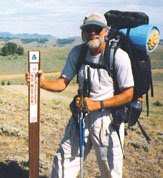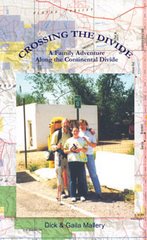
Winter hikes an exercise in contrasts
By Craig Hill
You can make the 10 essentials list an even dozen by adding rain gear and hiking poles.
If you are a fair-weather hiker, you are missing half the fun. While you stay inside where it's warm all winter, your favorite summer trails are taking on new personalities.
The deciduous trees have lost their leaves and are unveiling the views they blocked all summer. The traffic has thinned to the point where some trails can be had all to yourself.
"Plus, winter hikes keep you from getting depressed," said Jonathan Guzzo of the Washington Trails Association. "You are less likely to feel the burden of winter."
What's so great about hiking in the rain and cold?
"For me, it's all about that exercise in contrasts," Guzzo said. "It's about getting cold so you can get warm again after your hike. There's nothing better than changing into dry clothes and having a warm drink after a winter hike. It's a great feeling."
Here's what you need to know to get that feeling. Call it Winter Hiking 101.
Grab a lid and some gaiters: Wearing a hat is crucial to staying comfortable on a winter hike.
"If you cover your head, you're going a long way toward avoiding being miserable," Guzzo said.
Perhaps the only thing worse than a cold head is cold feet. Gaiters boot covers that keep out mud and debris are a good way to assure comfort.
"In the winter, mud on trails can be 8 to 9 inches deep," Guzzo said. "If you get mud and water in your boots, it's going to be a real bummer. I always wear gaiters."
Gorp: One of the best reasons for hiking is that you can justify eating things you shouldn't if you're playing couch potato all winter.
"Your body needs all kinds of food to stoke warmth," Guzzo said.
He recommends sweet foods for fast warmth, carbohydrates for prolonged warmth and fatty foods for the most warmth.
He suggests gorp (good old raisins and peanuts) or trail mix, a combination of candy, fruit and nuts.
"If you take a lot of gorp, it will help you keep warm," Guzzo said.
The 12 essentials: No hiker should hit the trail without the 10 essentials, but especially in winter, Nos. 11 and 12 should be added to the famous outdoorsman checklist.
Robert Mooers, author of "Winter Hikes in Puget Sound and the Olympic Foothills," is big on adding rain gear to the list.
"How rain gear didn't make it on the 10 essentials list I'll never know," Mooers said. "It's vital in winter."
Mooers says to also pay special attention to packing extra clothes.
"If you break an ankle and have to spend the night outdoors in the summer, you probably only have to worry about temperatures in the 40s," Mooers said. "In the winter, you could freeze."
Mooers also recommends taking a hiking pole for traveling over possible icy portions of the trail.
"It's like having a third leg," Mooers said. "It's really helpful, especially going downhill."
No. 12 should be the cell phone – not to be used to chat while you hike, but in case of emergency. If you or somebody in your party needs medical attention and you can get cell phone service in your remote location, it could improve the odds of rescue.
Here are the 10 essentials on the regular checklist:
1. Map
2. Compass and the ability to use it
3. Sunglasses and sunscreen
4. Extra food and water
5. Extra clothes
6. Flashlight
7. First-aid kit
8. Matches or lighter
9. Fire starter
10. Knife
Cotton kills: In the summer, even the hard-core hiker will occasionally sneak out for a quick hike in a cotton shirt.
Don't be so bold in fall and winter months.
"Never, ever, ever, ever wear cotton in the winter," Guzzo said.
Cotton clothes don't wick sweat away from your body, don't retain body heat and don't dry very quickly.
At best, this will leave you miserable if you encounter rain or snow. At worst, cotton clothes will put you on the fast track to hypothermia.
Instead, read the labels and layer up with materials such as Gore-Tex, fleece, wool, polyester, spandex and nylon.
You don't have to wear all the clothes at once. You'll need fewer clothes when you're moving, but you'll be happy you carried that heavier layer to keep you warm when you stop for lunch.
Save yourself: It seems that every winter, a hiker or two makes news by losing the trail in the snow and getting lost. Some are rescued. Some are not.
Don't be one of those people, Mooers says. "When you can no longer identify the trail because of snow, it's time to go back."
















